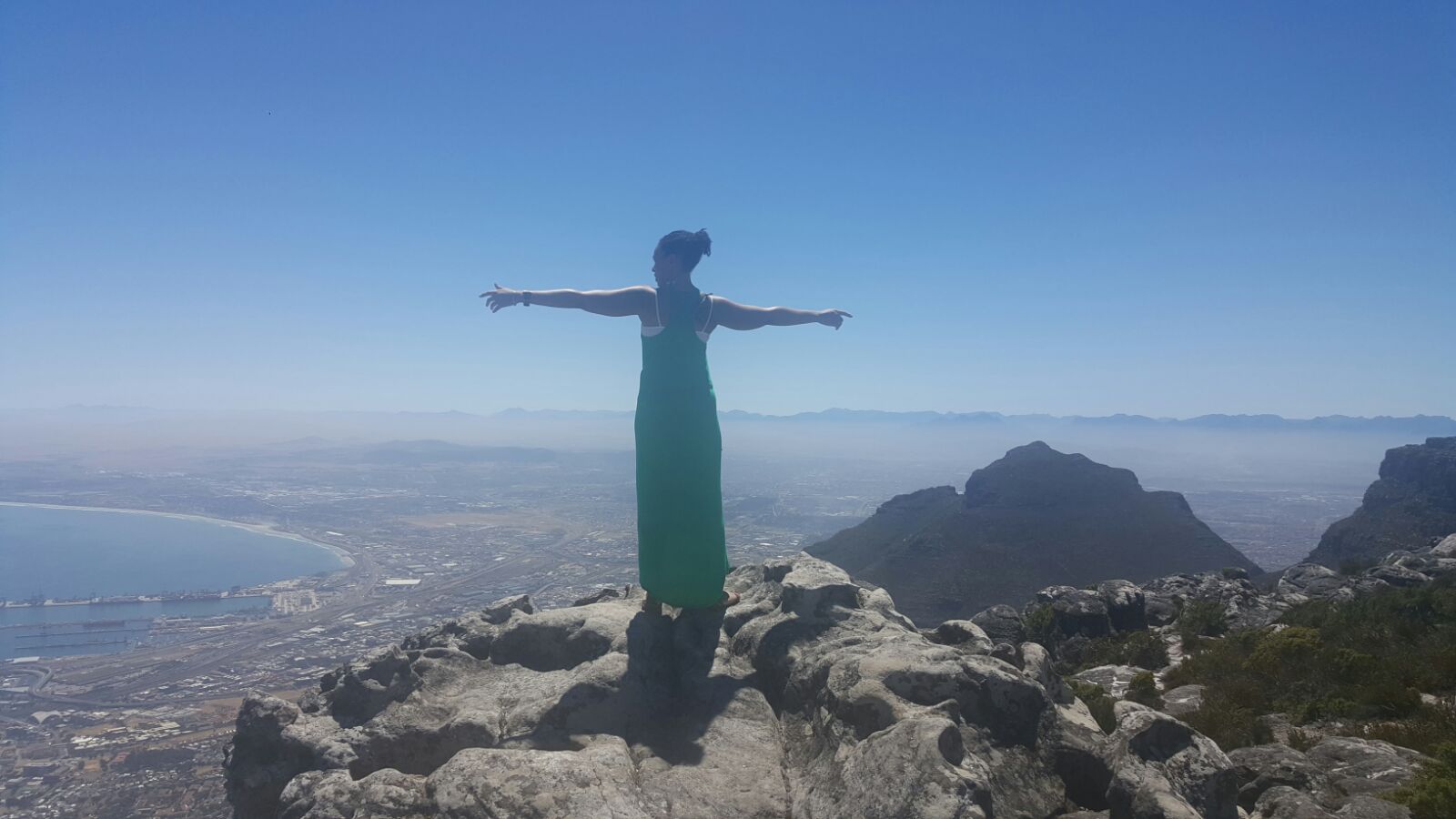
This week I ventured outside of Mutomo to participate in two hospital sponsored outreaches. Non-communicable diseases are becoming more prevalent so the hospital has increased its efforts around screening programs. This week we focused on hypertension. Kasaala is 45 minutes from Mutomo on an unpaved road. As we passed a few other small towns en route, we noticed a young woman carrying an infant on her back. She stuck out her arm and we slowed down, the driver recognized her as one of the health center patients. She was on her way to her child’s appointment. After she joined us, I realized that what would take us 20-25 minutes to travel by car, would have taken her hours of walking along the dirt road in the blazing heat.
When we arrived, the patients were waiting with their Health Passports, which contain records of their previous blood pressure readings and current medication. We evaluated each person and made changes to their regimens as needed. At the end of the queue, the clinician phoned each person who had not yet arrived. Some were on their way, including two ladies, a mother and daughter, who said they would be unable to make it but still hoped to be seen. After a quick lunch of chapatti and cabbage, I declined the matumbo (tripe) soup, we headed back along the bumpy road toward home only to be flagged down a few kilometers into the trip. Our two ladies had made their way to the road to have their appointment. Robert checked their blood pressure and we dispensed their prescriptions. A quick stop for us, but possibly a life-changing event for the two of them.

The next day we made our way to Mathima. Only 30 minutes away, Mathima is even smaller than Kasaala. That day we saw patients with hypertension, and some for HIV follow-up. The hospital requested that I give a short health talk about the dangers of undiagnosed high blood pressure, the importance of routine screening and the need for appropriate treatment. Stephen translated my words into Swahili (of course) and our efforts seemed well received. The two patients that stood out to me that morning were a young woman of 22 and her absolutely beautiful 4 month old daughter; both newly diagnosed with HIV. Rates of HIV can be up to 1 out of 10 people in this part of the country, underscoring that we still must be vigilant in our fight against communicable diseases as well.



As we concluded our afternoon, we had one patient who had not arrived for his appointment. Instead, his family appeared on his behalf and asked if we would consider making a house call. The older gentleman was too frail to make the journey into town. On the way, we stopped for lunch. This time green grams (a type of lentil), chapatti and cabbage were served to us at the best restaurant in town. We then traveled to the outskirts of Mathima accompanied by the social worker, David, who routinely visits patients in their homes. We spent some time reviewing medication, and the importance of compliance, with the patient and his family.


I appreciated learning more about delivery of care at the health center level as well remembering that some need a little extra time and assistance to make their way.

















 This trip gave me time to bond with inspiring and encouraging people, sample new cuisine, catch glimpses of two of the tallest mountains in Africa and to reflect on my next steps after my time in Kenya, in Mutomo. I can only hope to build a legacy as important and life-altering as the one Mzee and Mama C continue to build at the UAACC.
This trip gave me time to bond with inspiring and encouraging people, sample new cuisine, catch glimpses of two of the tallest mountains in Africa and to reflect on my next steps after my time in Kenya, in Mutomo. I can only hope to build a legacy as important and life-altering as the one Mzee and Mama C continue to build at the UAACC.


